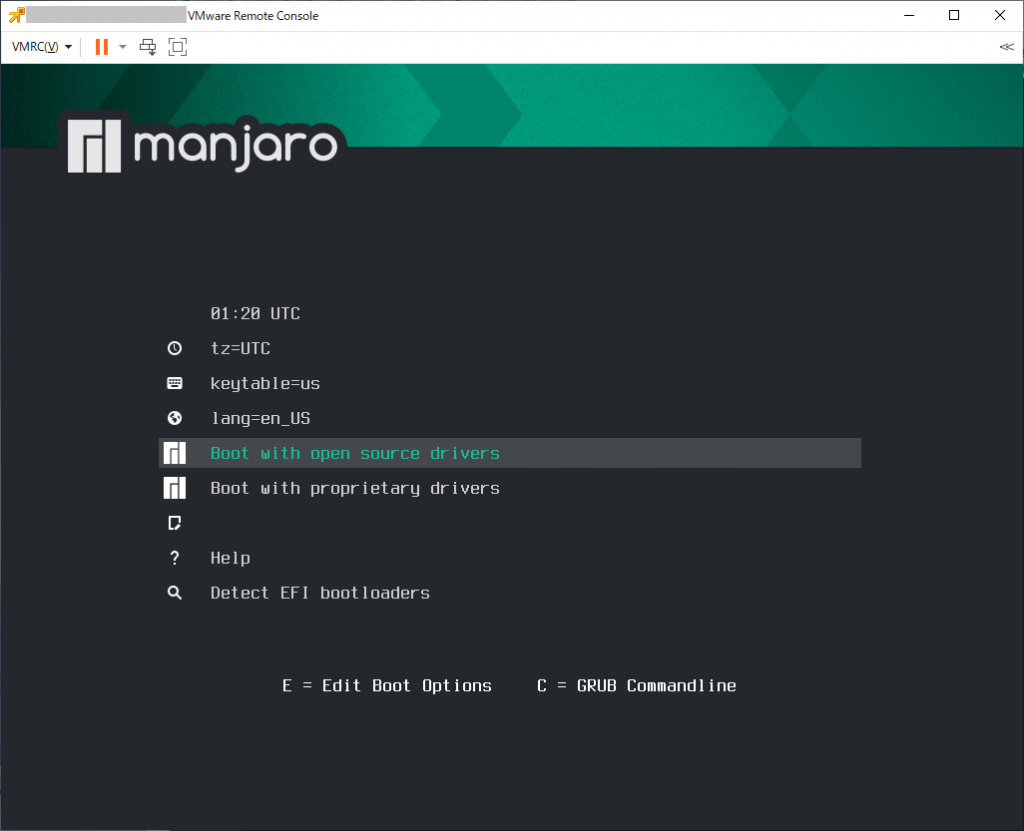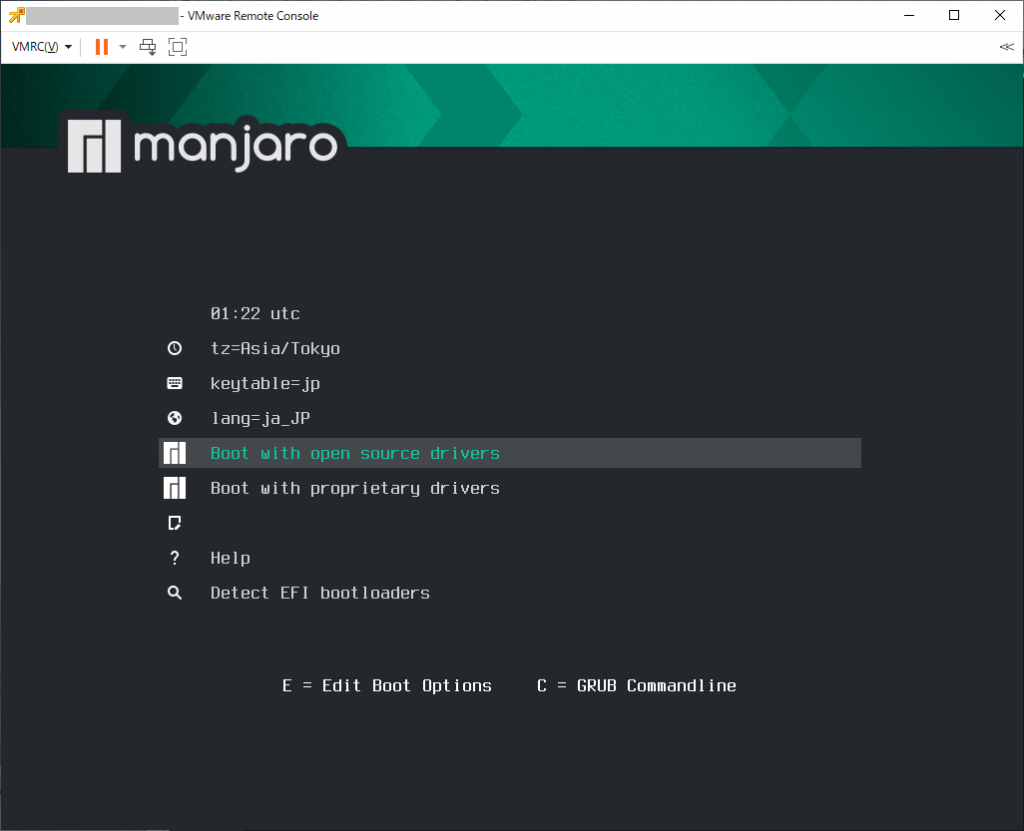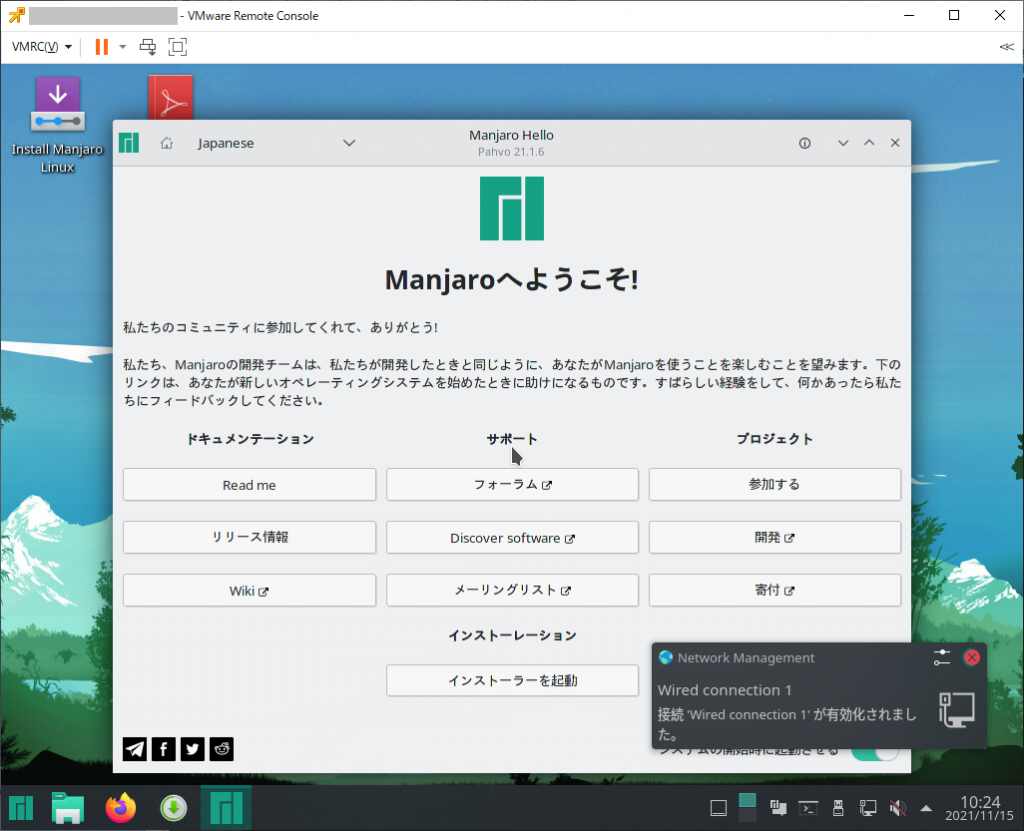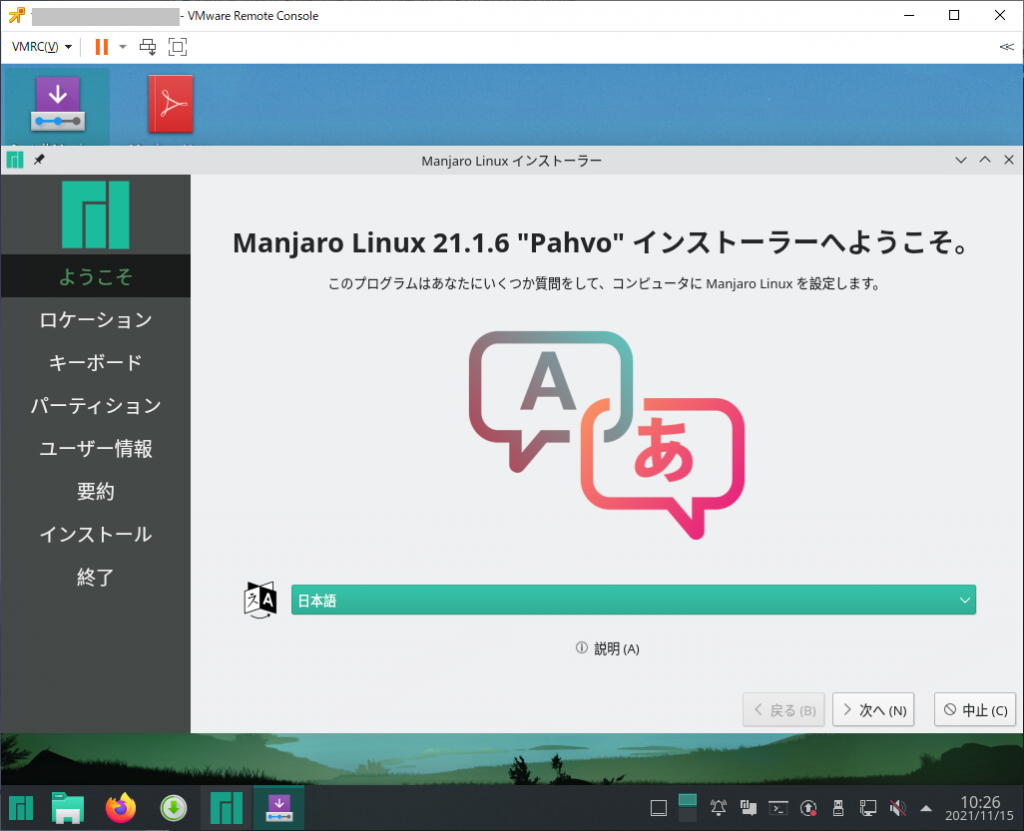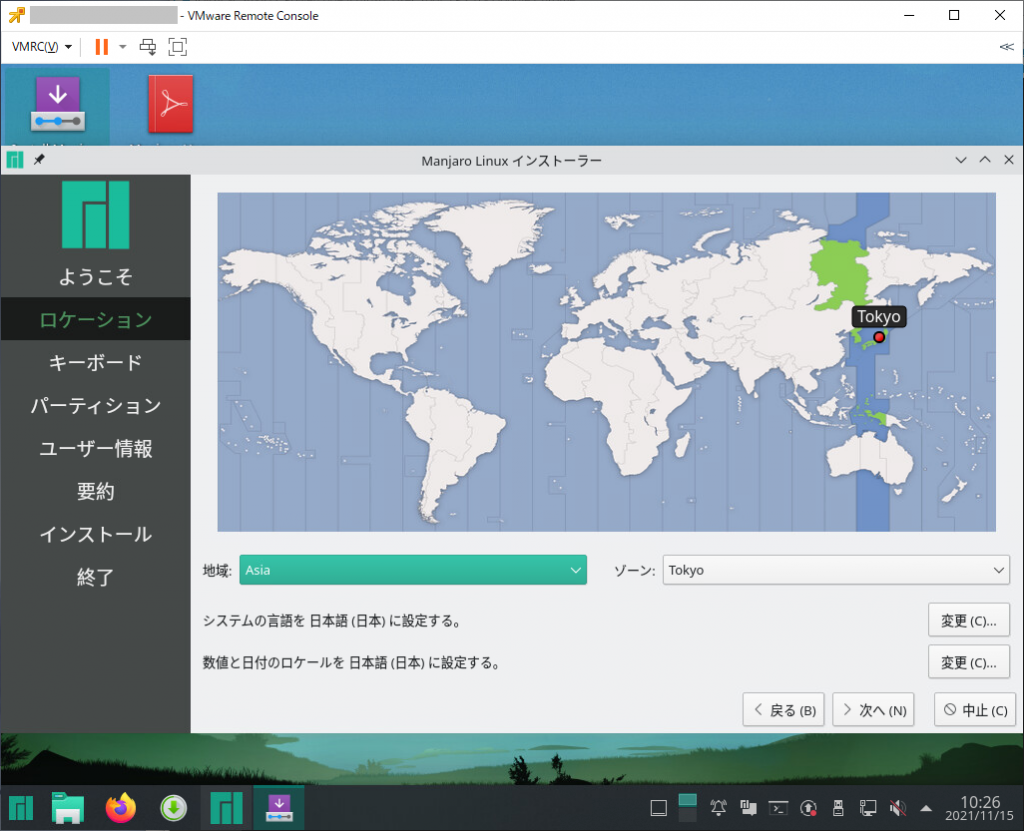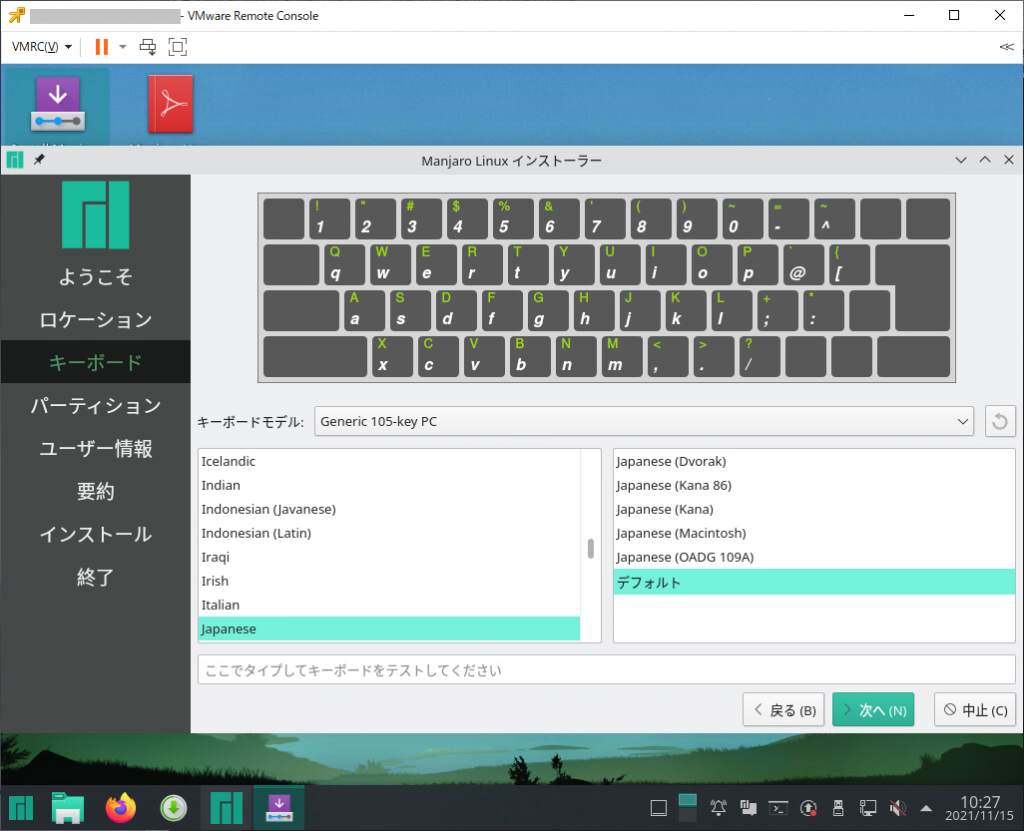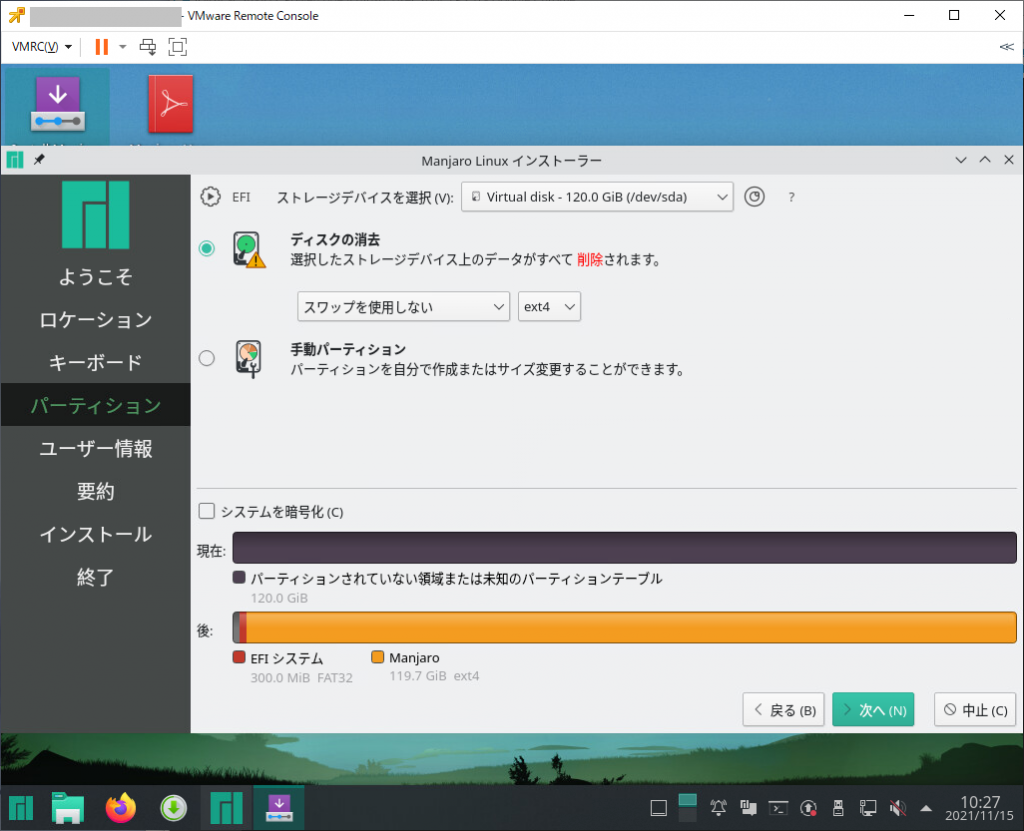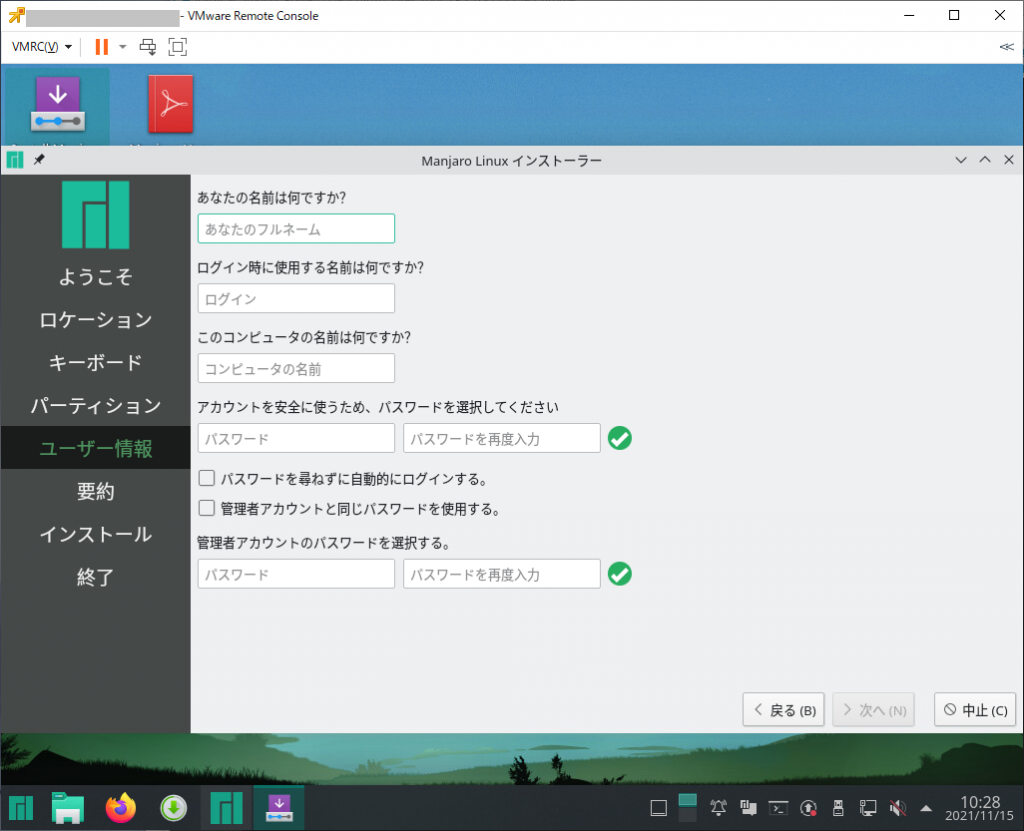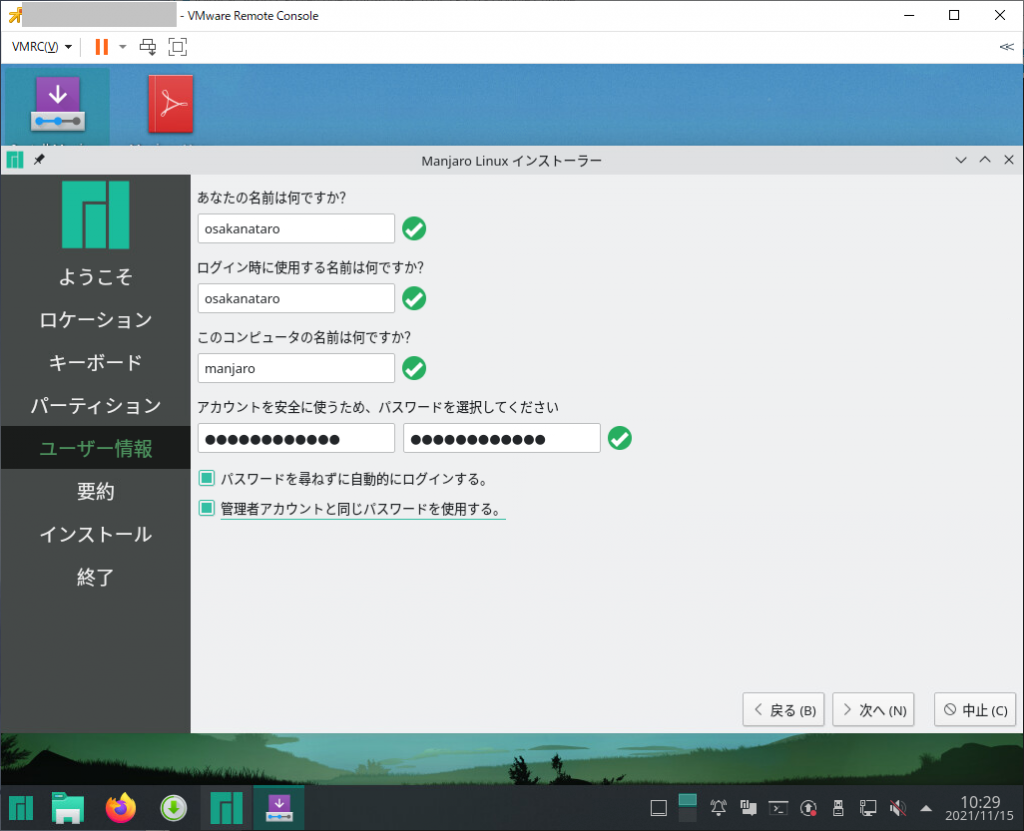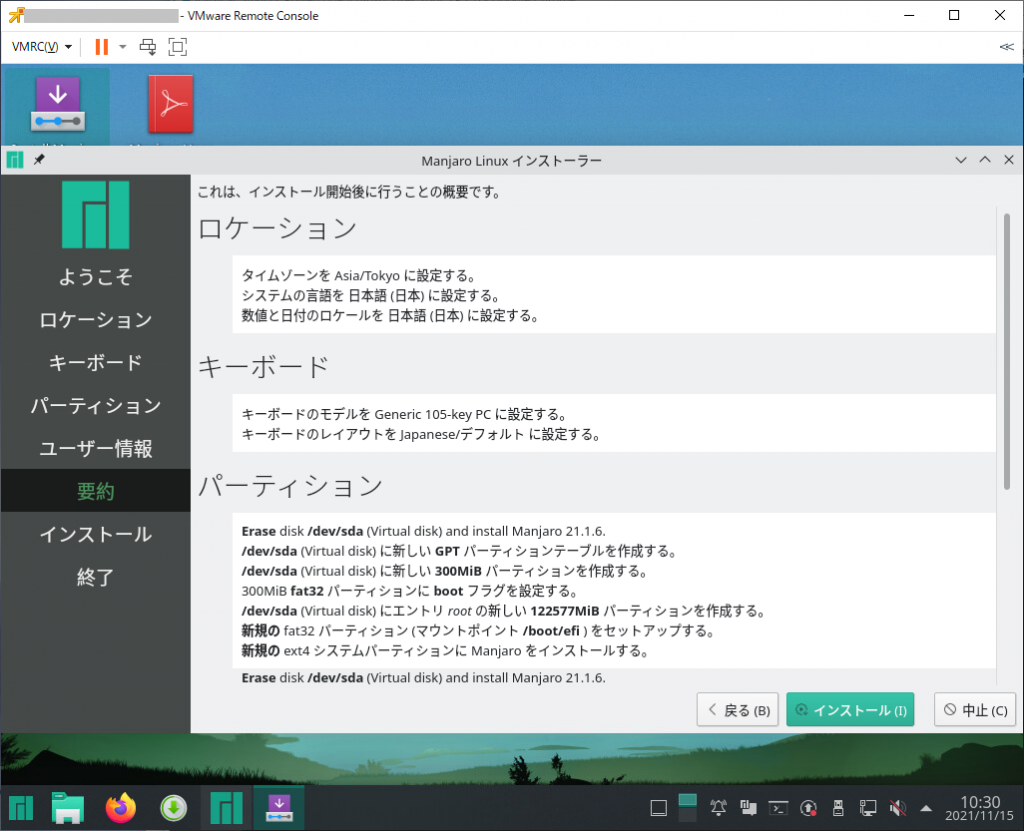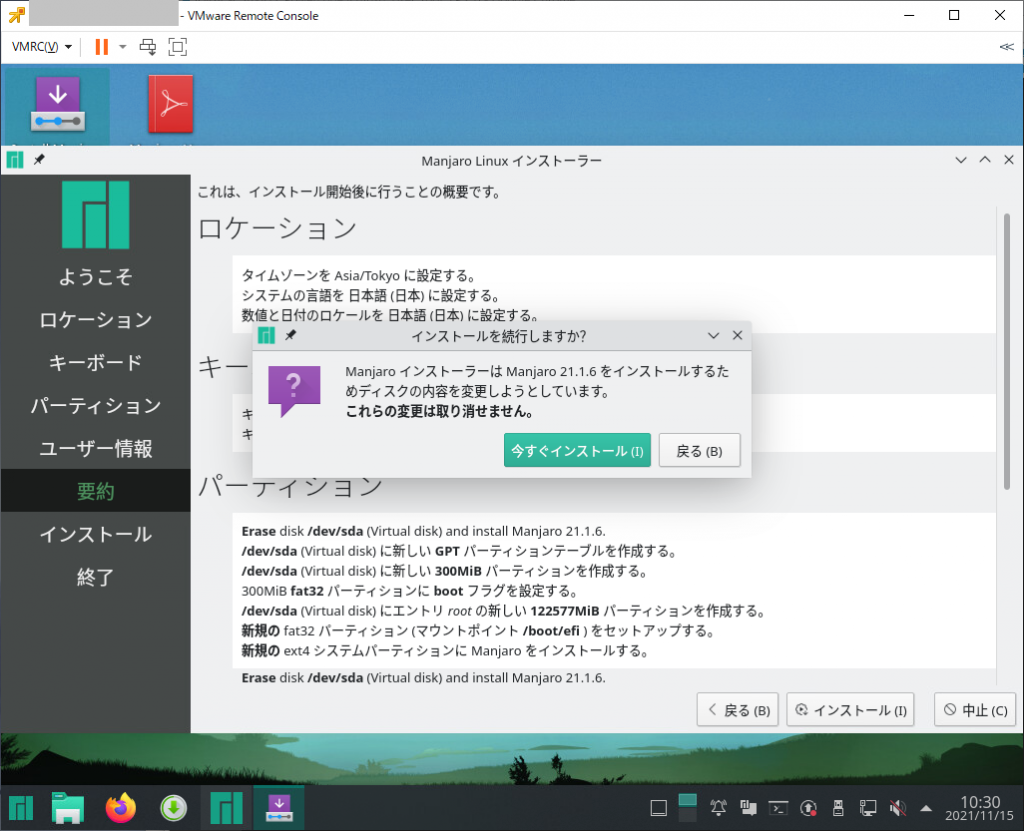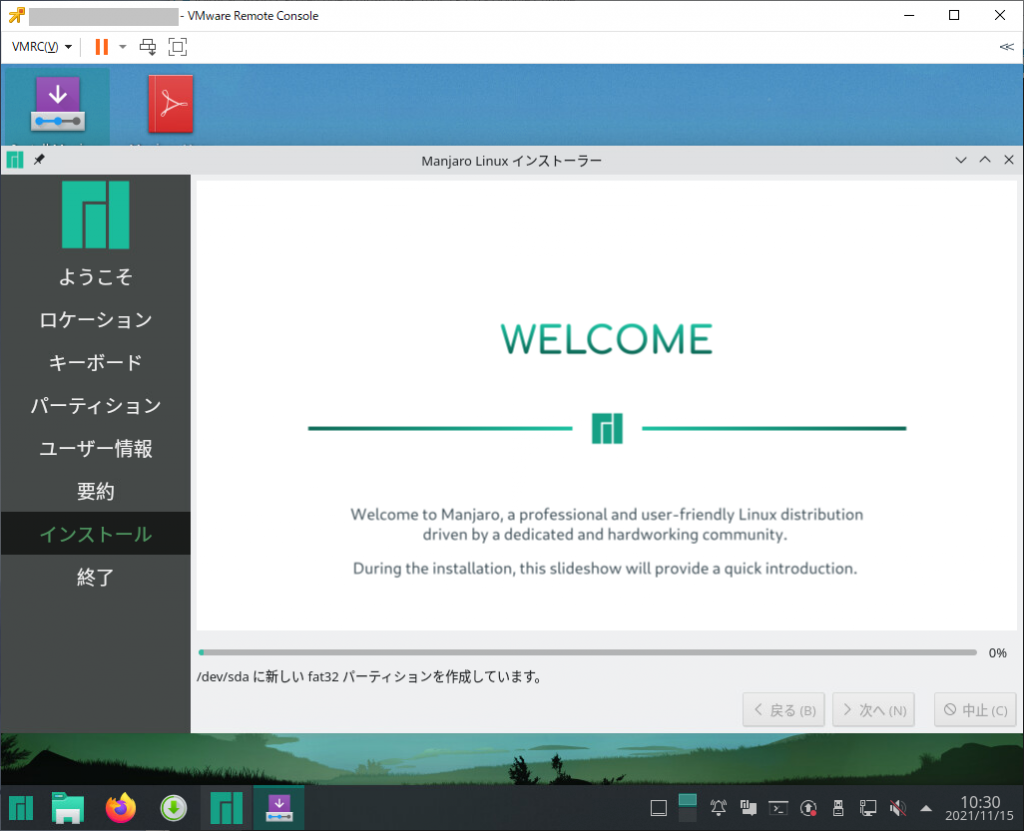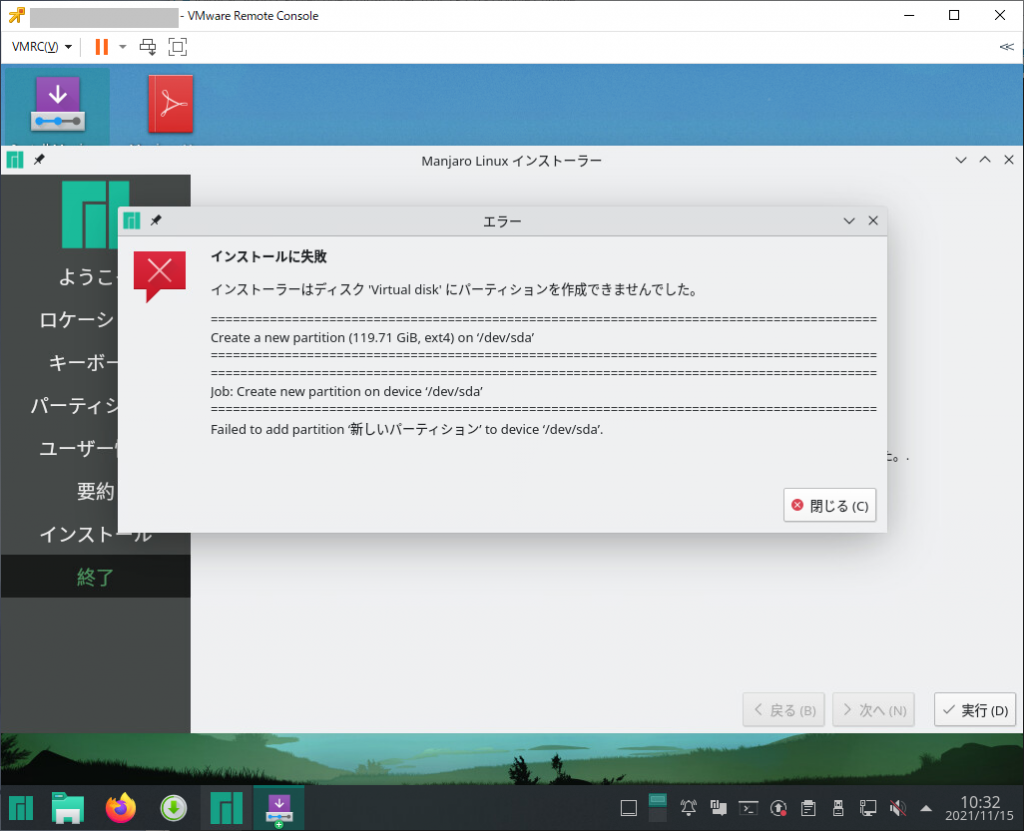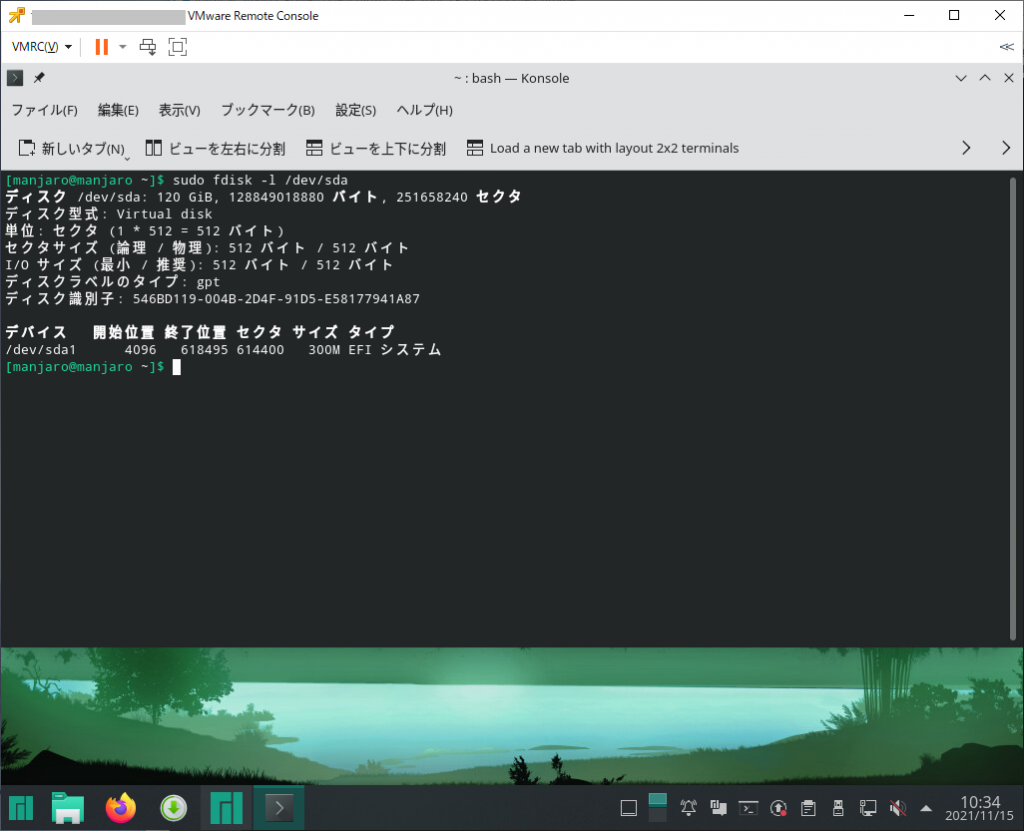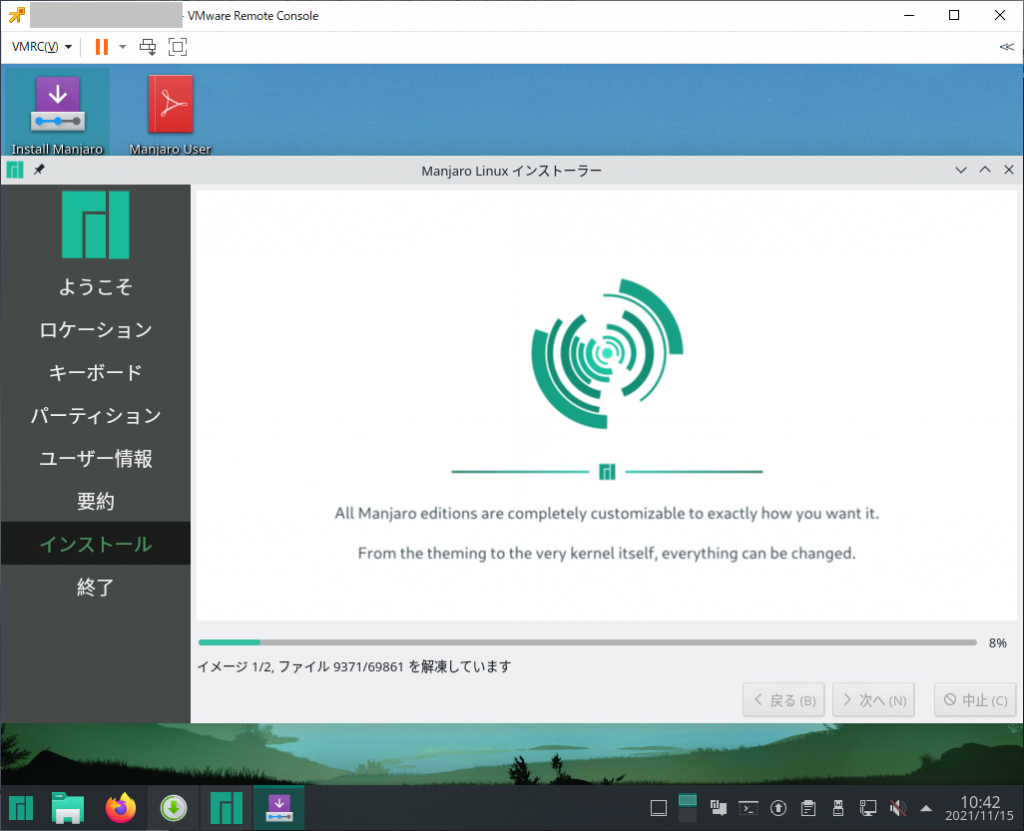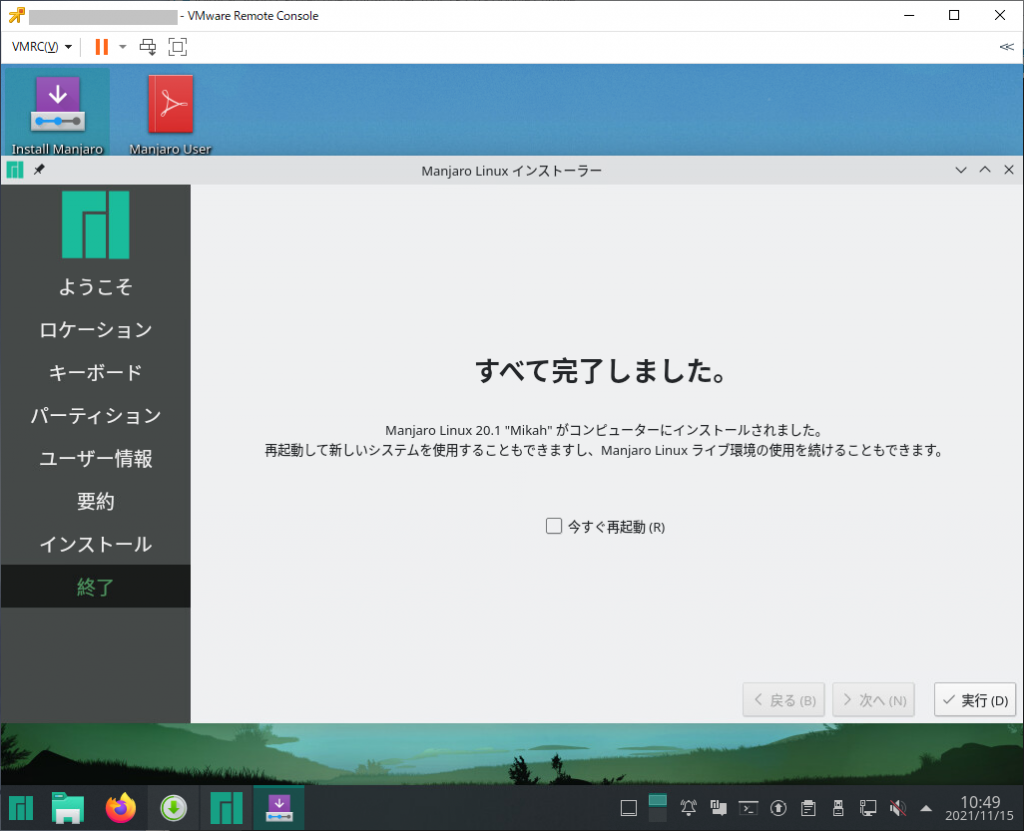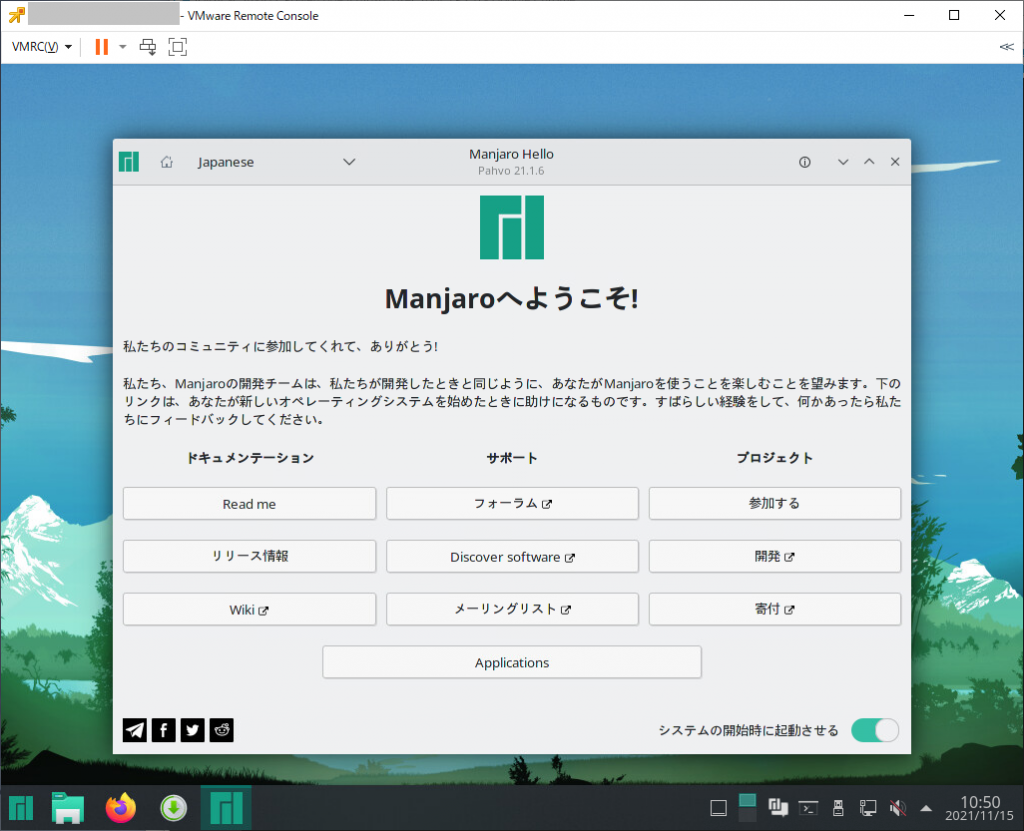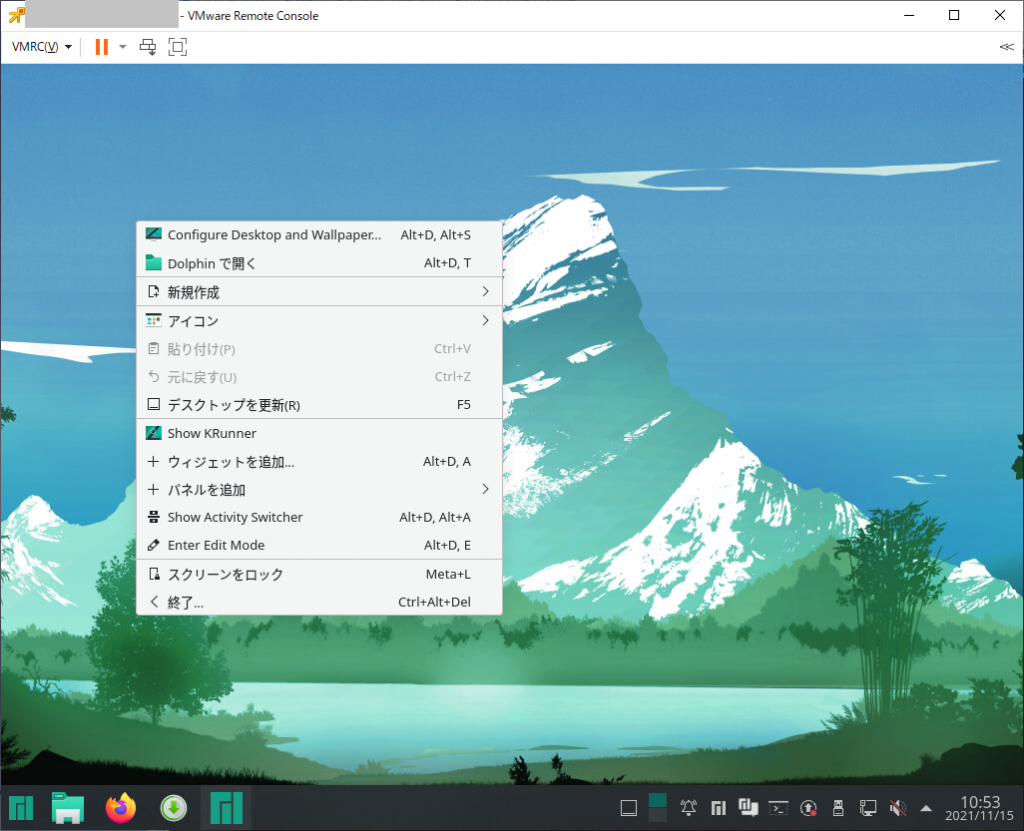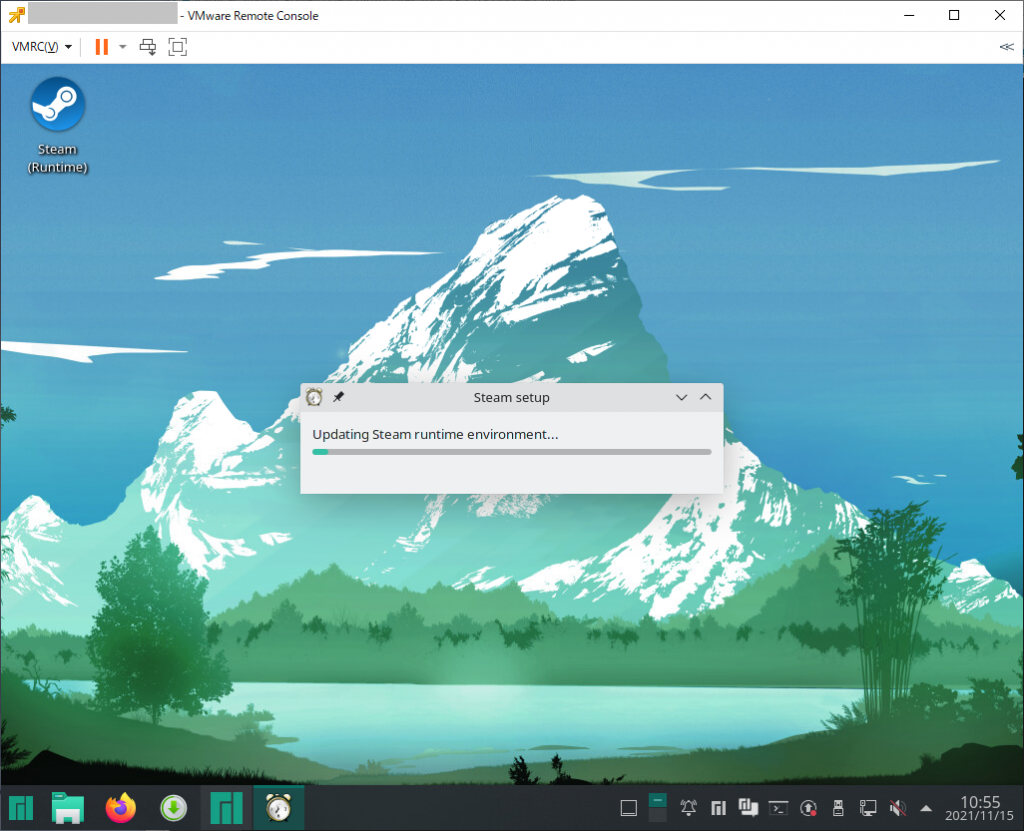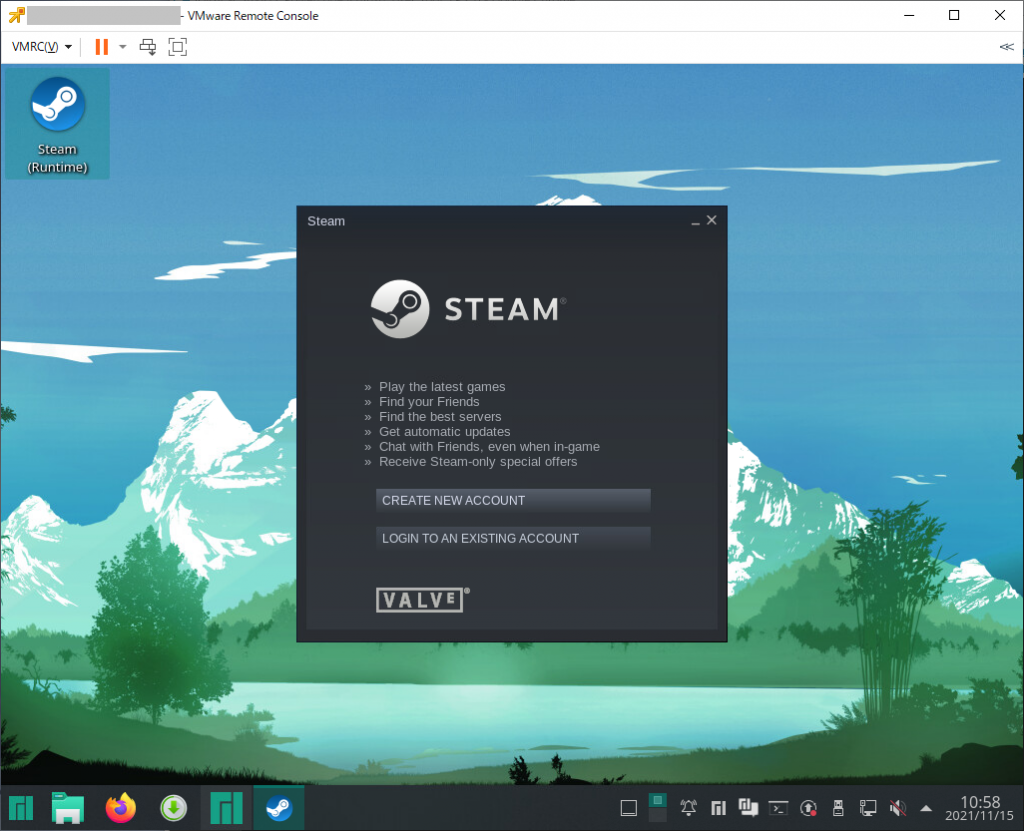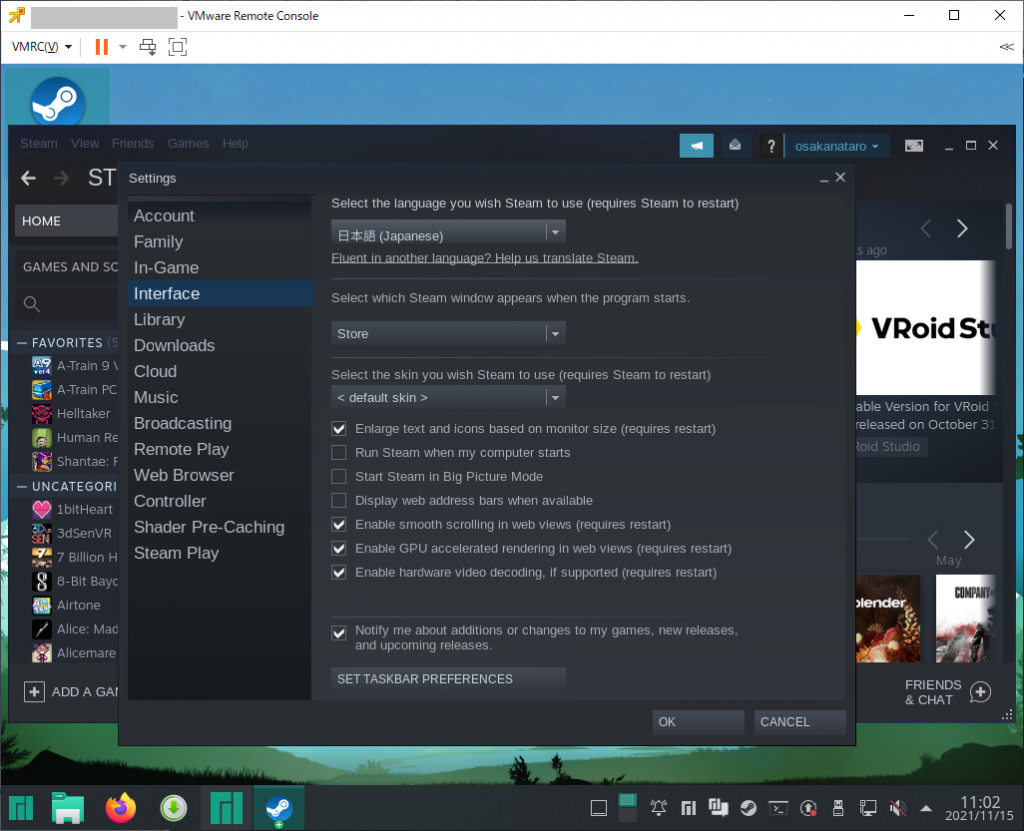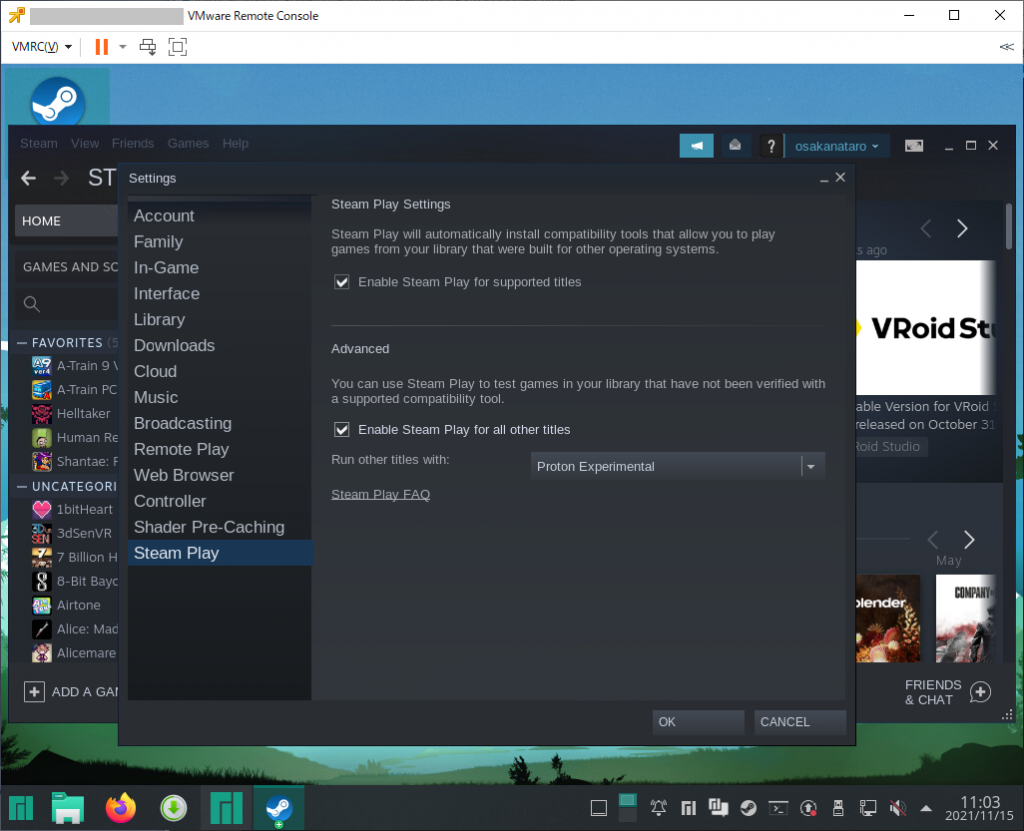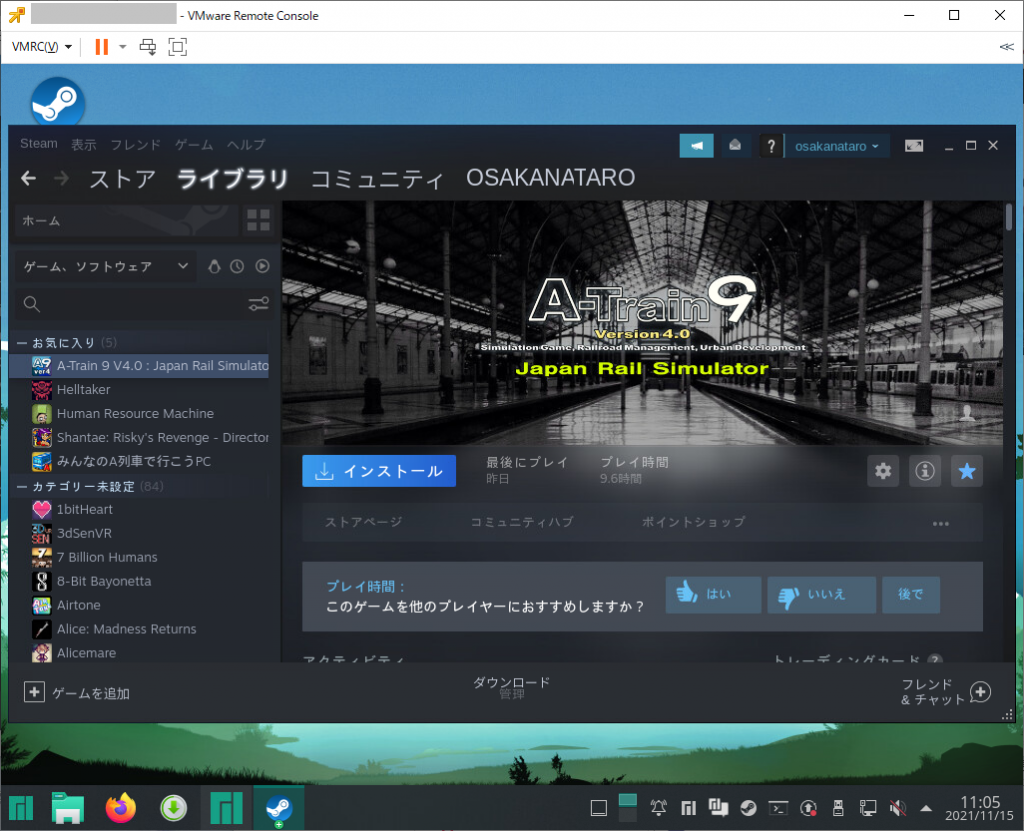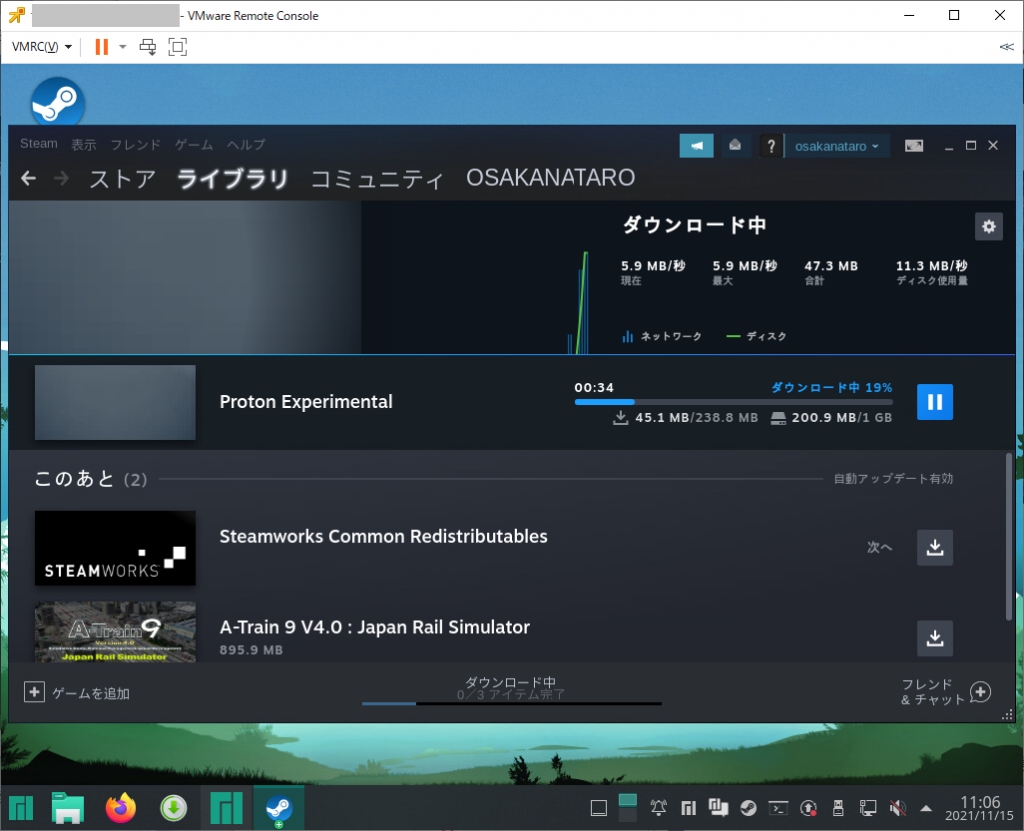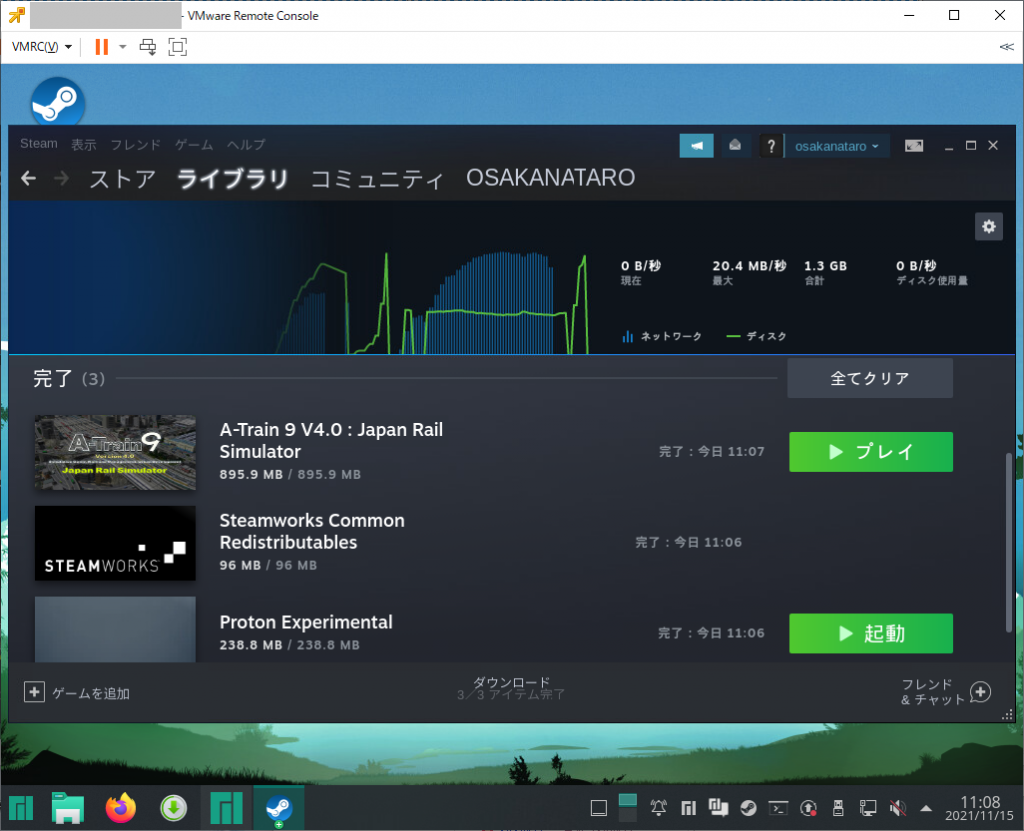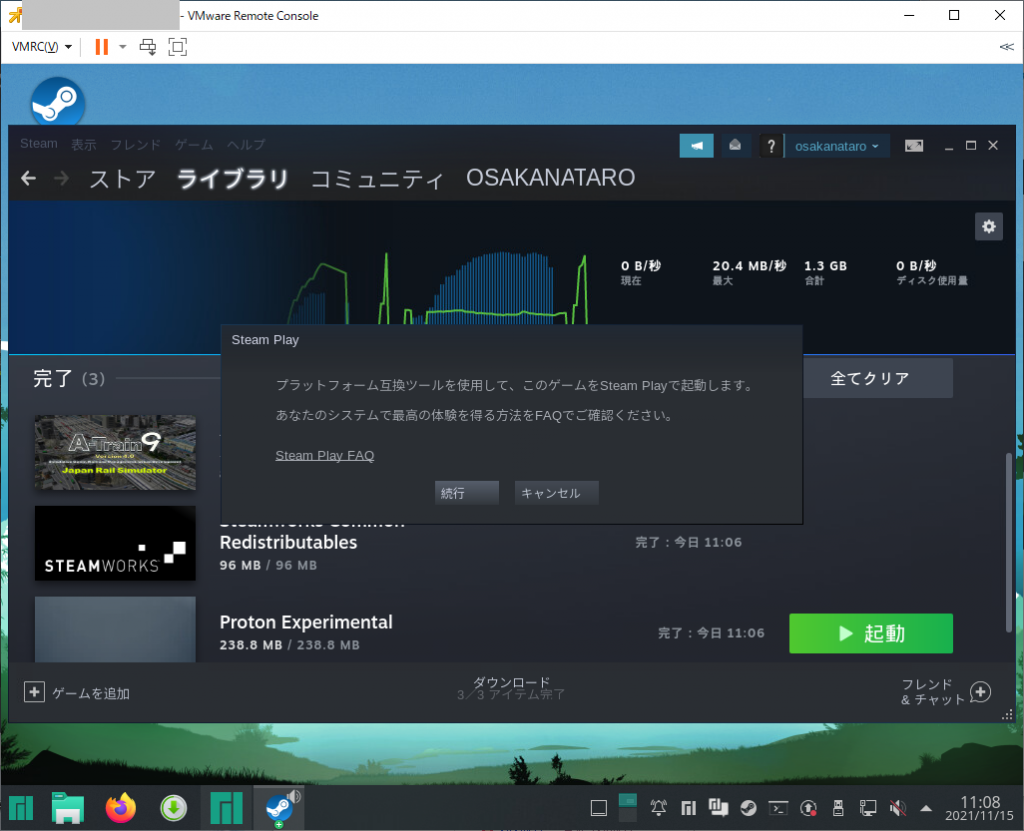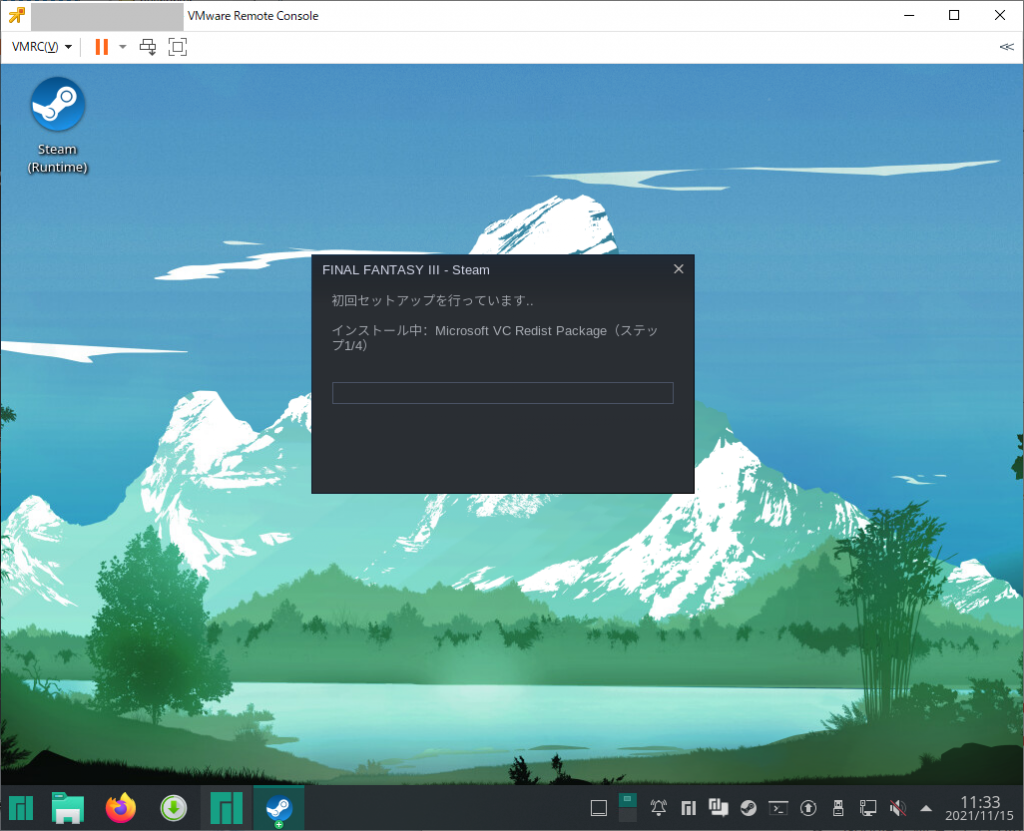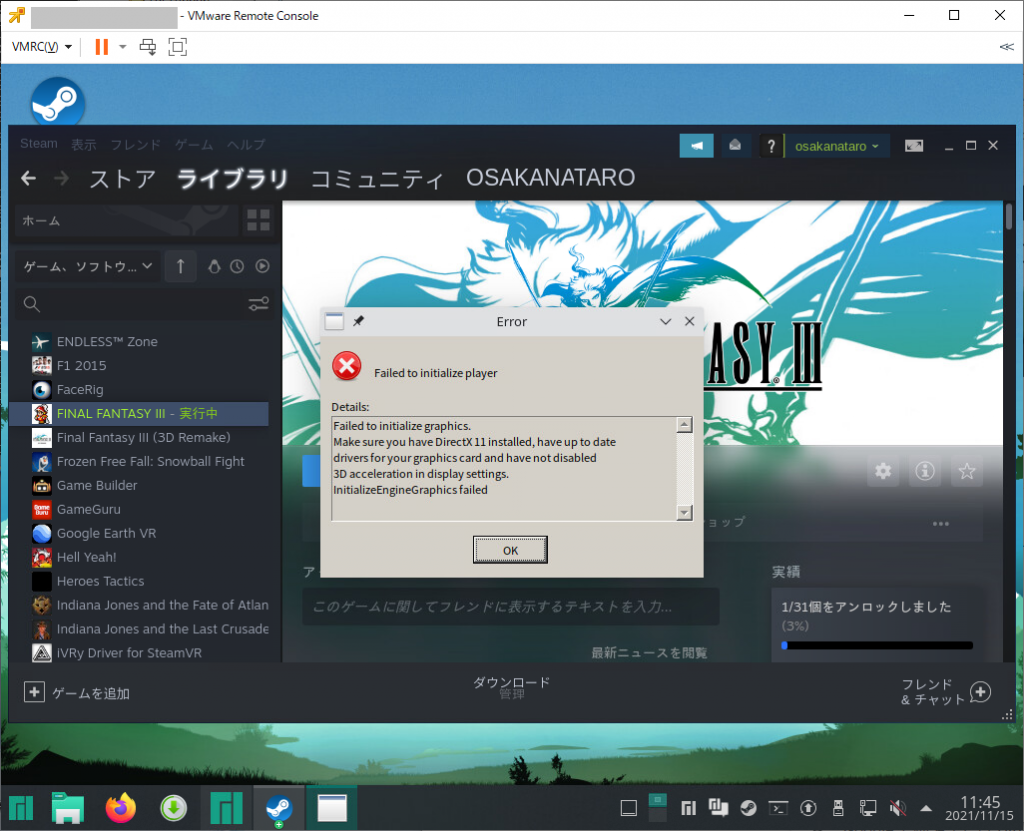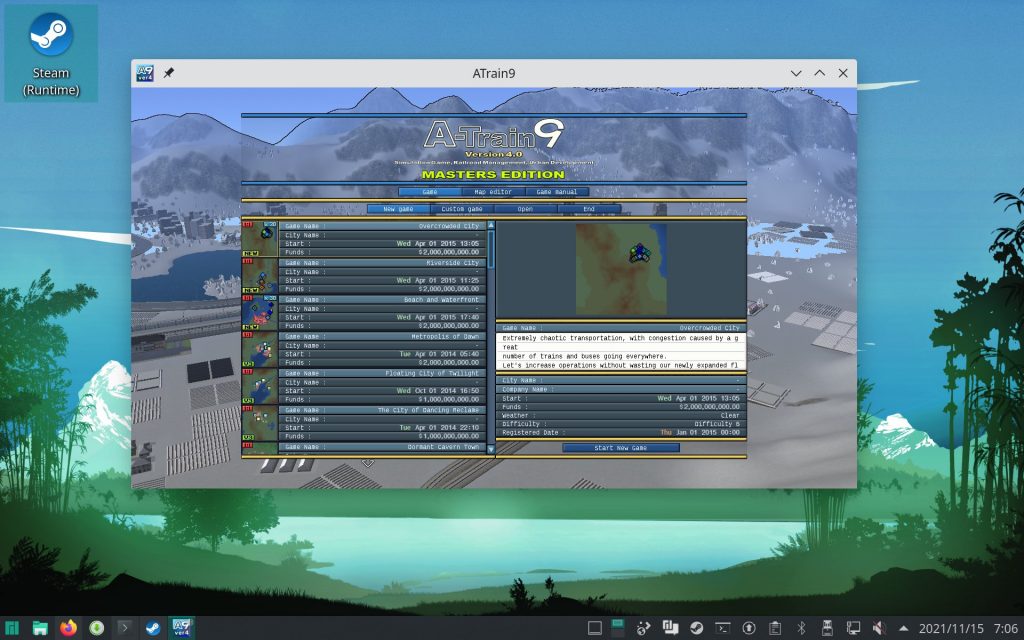Ubuntu 20.04でdrbdを使おうとしたら、drbd-utilsのバージョンは9.11.0だが、drbd自体は8.4.11 といういまいちわけがわからない状態になっていた。
2022/04/22追記:Ubuntu 22.04 LTSでも状況はほぼ同じだった。詳しくは最後尾
2023/02/20: 本文を現状にあわせて若干修正
どういうことなのか調査してみた。
なお、drbd 8.4.11として使った場合にいくつか問題点があったが、それについては別記事「Ubuntu 20.04で標準のdrbd 8.4.11を使う場合の注意点」に記載している。
ubuntuのサイトに掲載されている「Ubuntu HA – DRBD」ではバージョンに関する話は特に書いておらず「sudo apt install drbd-utils」だけでインストールは完了し、あとは/etc/drbd.confの編集、という手順になっている。
次にdrbdの開発元であるlinbitが公開している「drbd 8ドキュメント」と「drbd 9ドキュメント」を見るとそれぞれ手順が異なっている。
drbd8では標準レポジトリだけでインストールできる、という趣旨だったものが、drbd9では明示的にPPAレポジトリを使え、と変更されている。
とりあえずは「apt install drbd-utils」でインストールかな?と実行してみると普通に実行できる。
$ sudo -i
# apt install drbd-utils
Reading package lists... Done
Building dependency tree
Reading state information... Done
The following additional packages will be installed:
guile-2.2-libs libgc1c2 libgsasl7 libidn11 libkyotocabinet16v5 libmailutils6
libmysqlclient21 libntlm0 mailutils mailutils-common mysql-common postfix
ssl-cert
Suggested packages:
heartbeat mailutils-mh mailutils-doc procmail postfix-mysql postfix-pgsql
postfix-ldap postfix-pcre postfix-lmdb postfix-sqlite sasl2-bin
| dovecot-common resolvconf postfix-cdb postfix-doc openssl-blacklist
The following NEW packages will be installed:
drbd-utils guile-2.2-libs libgc1c2 libgsasl7 libidn11 libkyotocabinet16v5
libmailutils6 libmysqlclient21 libntlm0 mailutils mailutils-common
mysql-common postfix ssl-cert
0 upgraded, 14 newly installed, 0 to remove and 0 not upgraded.
Need to get 9,579 kB of archives.
After this operation, 66.5 MB of additional disk space will be used.
Do you want to continue? [Y/n] y
<略>
postfixとdovecotもインストールされるため下記のダイアログも開くので注意が必要。



インストール後、パッケージを調べて見ると、drbd-utilsは9.11.0だけど、drbd-docは8.4というちぐはぐな状態であることに気がつく。
root@ubuntu143:~# apt search drbd
Sorting... Done
Full Text Search... Done
collectd-core/focal 5.9.2.g-1ubuntu5 amd64
statistics collection and monitoring daemon (core system)
drbd-doc/focal 8.4~20151102-1 all
RAID 1 over TCP/IP for Linux (user documentation)
drbd-utils/focal,now 9.11.0-1build1 amd64 [installed]
RAID 1 over TCP/IP for Linux (user utilities)
nagios-plugins-contrib/focal 25.20191015+1ubuntu1 amd64
Plugins for nagios compatible monitoring systems
prometheus-hacluster-exporter/focal 0.4.0-2 amd64
Prometheus exporter for HA cluster services
root@ubuntu143:~#
動作させてみると /proc/drbd が返すバージョンは 「version: 8.4.11 (api:1/proto:86-101)」だった。
root@ubuntu143:~# cat /proc/drbd
version: 8.4.11 (api:1/proto:86-101)
srcversion: FC3433D849E3B88C1E7B55C
0: cs:Connected ro:Primary/Secondary ds:UpToDate/UpToDate C r-----
ns:6276 nr:0 dw:42864576 dr:5041 al:328 bm:0 lo:0 pe:0 ua:0 ap:0 ep:1 wo:f oos:0
root@ubuntu143:~#
drbdは9.0からauto promoteという機能が追加されたので、それを使いたい場合に、8.4だと困る、ということになる。
このauto promoteは、両ノードが再起動した際に最初にdrbdデバイスにアクセスしてきたノードを自動的にprimaryに設定してくれる、という機能である。(8.xまでは両方ともSecondaryのままで、手動でprimaryに設定する必要があった)
というわけで、drbd9を使いたい場合は、PPAレポジトリを追加してlinbitが提供するdrbd9をインストールする必要がある。
ドキュメントに書かれているPPAレポジトリ情報は誤りがあり、正しくは「https://launchpad.net/~linbit/+archive/ubuntu/linbit-drbd9-stack」だった。
ここにあるように「add-apt-repository ppa:linbit/linbit-drbd9-stack」を実行してPPAレポジトリを追加する。
root@ubuntu143:~# add-apt-repository ppa:linbit/linbit-drbd9-stack
This PPA contains DRBD9, drbd-utils, LINSTOR (client, python API, server).
This differs from official, production grade LINBIT repositories in several ways, including:
- We push RCs immediately to the PPA
- We don't push hotfixes, these usually have to wait until the next RC/release
- We only keep 2 LTS versions up to date (Bionic and Focal, but not Xenial)
For support and access to official repositories see:
https://www.linbit.com or write an email to: sales AT linbit.com
More info: https://launchpad.net/~linbit/+archive/ubuntu/linbit-drbd9-stack
Press [ENTER] to continue or Ctrl-c to cancel adding it.
Hit:1 http://jp.archive.ubuntu.com/ubuntu focal InRelease
Get:2 http://jp.archive.ubuntu.com/ubuntu focal-updates InRelease [114 kB]
Get:3 http://jp.archive.ubuntu.com/ubuntu focal-backports InRelease [101 kB]
Get:4 http://jp.archive.ubuntu.com/ubuntu focal-security InRelease [114 kB]
Get:5 http://ppa.launchpad.net/linbit/linbit-drbd9-stack/ubuntu focal InRelease [24.4 kB]
Get:6 http://ppa.launchpad.net/linbit/linbit-drbd9-stack/ubuntu focal/main amd64 Packages [2,344 B]
Get:7 http://ppa.launchpad.net/linbit/linbit-drbd9-stack/ubuntu focal/main Translation-en [1,308 B]
Fetched 356 kB in 3s (137 kB/s)
Reading package lists... Done
root@ubuntu143:~#
で・・・linbit提供のdrbdはdkmsモジュールとして提供されるため「apt install drbd-utils drbd-dkms」を実行してインストールすることになる。
今回のテスト環境ではdrbd8が既にインストールされていたので、最初に「apt update;apt upgrade」を実行してapt-utilsのバージョンアップを行った。
root@ubuntu143:~# apt update
Hit:1 http://jp.archive.ubuntu.com/ubuntu focal InRelease
Get:2 http://jp.archive.ubuntu.com/ubuntu focal-updates InRelease [114 kB]
Get:3 http://jp.archive.ubuntu.com/ubuntu focal-backports InRelease [101 kB]
Get:4 http://jp.archive.ubuntu.com/ubuntu focal-security InRelease [114 kB]
Hit:5 http://ppa.launchpad.net/linbit/linbit-drbd9-stack/ubuntu focal InRelease
Fetched 328 kB in 1s (538 kB/s)
Reading package lists... Done
Building dependency tree
Reading state information... Done
1 package can be upgraded. Run 'apt list --upgradable' to see it.
root@ubuntu143:~# apt list --upgradable
Listing... Done
drbd-utils/focal 9.19.1-1ppa1~focal1 amd64 [upgradable from: 9.11.0-1build1]
N: There is 1 additional version. Please use the '-a' switch to see it
root@ubuntu143:~# apt upgrade
Reading package lists... Done
Building dependency tree
Reading state information... Done
Calculating upgrade... Done
The following packages will be upgraded:
drbd-utils
1 upgraded, 0 newly installed, 0 to remove and 0 not upgraded.
Need to get 720 kB of archives.
After this operation, 75.8 kB of additional disk space will be used.
Do you want to continue? [Y/n] y
Get:1 http://ppa.launchpad.net/linbit/linbit-drbd9-stack/ubuntu focal/main amd64 drbd-utils amd64 9.19.1-1ppa1~focal1 [720 kB]
Fetched 720 kB in 3s (214 kB/s)
Preconfiguring packages ...
(Reading database ... 72754 files and directories currently installed.)
Preparing to unpack .../drbd-utils_9.19.1-1ppa1~focal1_amd64.deb ...
Unpacking drbd-utils (9.19.1-1ppa1~focal1) over (9.11.0-1build1) ...
Setting up drbd-utils (9.19.1-1ppa1~focal1) ...
Configuration file '/etc/drbd.d/global_common.conf'
==> Modified (by you or by a script) since installation.
==> Package distributor has shipped an updated version.
What would you like to do about it ? Your options are:
Y or I : install the package maintainer's version
N or O : keep your currently-installed version
D : show the differences between the versions
Z : start a shell to examine the situation
The default action is to keep your current version.
*** global_common.conf (Y/I/N/O/D/Z) [default=N] ? y
Installing new version of config file /etc/drbd.d/global_common.conf ...
Installing new version of config file /etc/init.d/drbd ...
Processing triggers for man-db (2.9.1-1) ...
Processing triggers for systemd (245.4-4ubuntu3.13) ...
root@ubuntu143:~#
次に、「apt install drbd-dkms」でdrbd本体をインストールした。
root@ubuntu143:~# apt install drbd-dkms
Reading package lists... Done
Building dependency tree
Reading state information... Done
The following additional packages will be installed:
autoconf automake autopoint autotools-dev binutils binutils-common
binutils-x86-64-linux-gnu build-essential cpp cpp-9 dctrl-tools debhelper
dh-autoreconf dh-strip-nondeterminism dkms dpkg-dev dwz fakeroot g++ g++-9
gcc gcc-9 gcc-9-base gettext intltool-debian libalgorithm-diff-perl
libalgorithm-diff-xs-perl libalgorithm-merge-perl libarchive-cpio-perl
libarchive-zip-perl libasan5 libatomic1 libbinutils libc-dev-bin libc6-dev
libcc1-0 libcroco3 libcrypt-dev libctf-nobfd0 libctf0 libdebhelper-perl
libdpkg-perl libfakeroot libfile-fcntllock-perl
libfile-stripnondeterminism-perl libgcc-9-dev libgomp1 libisl22 libitm1
liblsan0 libltdl-dev libmail-sendmail-perl libmpc3 libquadmath0
libstdc++-9-dev libsub-override-perl libsys-hostname-long-perl libtool
libtsan0 libubsan1 linux-libc-dev m4 make manpages-dev po-debconf
Suggested packages:
autoconf-archive gnu-standards autoconf-doc binutils-doc cpp-doc
gcc-9-locales debtags dh-make menu debian-keyring g++-multilib
g++-9-multilib gcc-9-doc gcc-multilib flex bison gdb gcc-doc gcc-9-multilib
gettext-doc libasprintf-dev libgettextpo-dev glibc-doc bzr libtool-doc
libstdc++-9-doc gfortran | fortran95-compiler gcj-jdk m4-doc make-doc
libmail-box-perl
The following NEW packages will be installed:
autoconf automake autopoint autotools-dev binutils binutils-common
binutils-x86-64-linux-gnu build-essential cpp cpp-9 dctrl-tools debhelper
dh-autoreconf dh-strip-nondeterminism dkms dpkg-dev drbd-dkms dwz fakeroot
g++ g++-9 gcc gcc-9 gcc-9-base gettext intltool-debian
libalgorithm-diff-perl libalgorithm-diff-xs-perl libalgorithm-merge-perl
libarchive-cpio-perl libarchive-zip-perl libasan5 libatomic1 libbinutils
libc-dev-bin libc6-dev libcc1-0 libcroco3 libcrypt-dev libctf-nobfd0 libctf0
libdebhelper-perl libdpkg-perl libfakeroot libfile-fcntllock-perl
libfile-stripnondeterminism-perl libgcc-9-dev libgomp1 libisl22 libitm1
liblsan0 libltdl-dev libmail-sendmail-perl libmpc3 libquadmath0
libstdc++-9-dev libsub-override-perl libsys-hostname-long-perl libtool
libtsan0 libubsan1 linux-libc-dev m4 make manpages-dev po-debconf
0 upgraded, 66 newly installed, 0 to remove and 0 not upgraded.
Need to get 47.8 MB of archives.
After this operation, 208 MB of additional disk space will be used.
Do you want to continue? [Y/n] y
<略>
drbd.ko:
Running module version sanity check.
- Original module
- No original module exists within this kernel
- Installation
- Installing to /lib/modules/5.4.0-90-generic/updates/dkms/
drbd_transport_tcp.ko:
Running module version sanity check.
- Original module
- No original module exists within this kernel
- Installation
- Installing to /lib/modules/5.4.0-90-generic/updates/dkms/
depmod..........
DKMS: install completed.
Processing triggers for install-info (6.7.0.dfsg.2-5) ...
Processing triggers for libc-bin (2.31-0ubuntu9.2) ...
Processing triggers for man-db (2.9.1-1) ...
root@ubuntu143:~#
これで再起動
すると下記の様にdrbdのバージョンが「version: 9.1.4 (api:2/proto:110-121)」となった。
root@ubuntu143:~# cat /proc/drbd
version: 9.1.4 (api:2/proto:110-121)
GIT-hash: e4de25c3a65811b0fa4733b1c2a000ee322f5cfa build by root@ubuntu143, 2021-11-24 07:10:11
Transports (api:17): tcp (9.1.4)
root@ubuntu143:~#
この状態でdrbd関連パッケージの状態を確認する下記の様になっていた。
root@ubuntu143:~# apt search drbd
Sorting... Done
Full Text Search... Done
collectd-core/focal 5.9.2.g-1ubuntu5 amd64
statistics collection and monitoring daemon (core system)
drbd-dkms/focal,now 9.1.4-1ppa1~focal1 all [installed]
RAID 1 over TCP/IP for Linux module source
drbd-doc/focal 8.4~20151102-1 all
RAID 1 over TCP/IP for Linux (user documentation)
drbd-module-source/focal 9.1.4-1ppa1~focal1 all
RAID 1 over TCP/IP for Linux module source
drbd-reactor/focal 0.5.0-1ppa1~focal1 amd64
Monitors DRBD resources via plugins.
drbd-utils/focal,now 9.19.1-1ppa1~focal1 amd64 [installed]
RAID 1 over TCP/IP for Linux (user utilities)
drbd8-utils/focal 2:9.19.1-1ppa1~focal1 amd64
transitional dummy package
linstor-common/focal 1.16.0-1ppa1~focal1 all
DRBD distributed resource management utility
linstor-controller/focal 1.16.0-1ppa1~focal1 all
DRBD distributed resource management utility
linstor-satellite/focal 1.16.0-1ppa1~focal1 all
DRBD distributed resource management utility
nagios-plugins-contrib/focal 25.20191015+1ubuntu1 amd64
Plugins for nagios compatible monitoring systems
prometheus-hacluster-exporter/focal 0.4.0-2 amd64
Prometheus exporter for HA cluster services
root@ubuntu143:~#
2022/04/22追記
Ubuntu 22.04 LTSが出たので状況を確認してみた。
user$ apt search drbd
Sorting... Done
Full Text Search... Done
drbd-doc/jammy 8.4~20220106-1 all
RAID 1 over TCP/IP for Linux (user documentation)
drbd-utils/jammy 9.15.0-1build2 amd64
RAID 1 over TCP/IP for Linux (user utilities)
monitoring-plugins-contrib/jammy 37.20211217ubuntu1 amd64
Plugins for nagios compatible monitoring systems
prometheus-hacluster-exporter/jammy 1.2.3-2 amd64
Prometheus exporter for HA cluster services
user@ubuntu2204:~$ modinfo drbd
filename: /lib/modules/5.15.0-25-generic/kernel/drivers/block/drbd/drbd.ko
alias: block-major-147-*
license: GPL
version: 8.4.11
description: drbd - Distributed Replicated Block Device v8.4.11
author: Philipp Reisner <phil@linbit.com>, Lars Ellenberg <lars@linbit.com>
srcversion: C369F58AE19642816B00C81
depends: lru_cache,libcrc32c
retpoline: Y
intree: Y
name: drbd
vermagic: 5.15.0-25-generic SMP mod_unload modversions
sig_id: PKCS#7
signer: Build time autogenerated kernel key
sig_key: 43:DE:0B:33:F7:CF:5A:CE:F6:19:E2:2A:DD:DD:1D:BD:4D:ED:8E:ED
sig_hashalgo: sha512
signature: 72:7A:0C:A3:E5:31:68:E8:FC:55:61:6F:FF:E1:11:B1:90:9F:8D:DF:
29:E0:16:9D:C5:6D:0A:D4:A6:48:88:87:E0:5B:46:73:96:24:8A:1D:
51:1E:39:4B:A4:20:65:42:2F:A7:2B:6A:ED:AE:8B:4E:FD:0F:E5:94:
7C:03:0D:53:1F:21:C4:09:AF:7A:91:32:23:0E:E2:3A:32:79:FF:0B:
36:E7:BC:7A:5E:72:A0:6E:05:2C:04:B6:4B:01:77:65:5A:43:EA:AB:
F0:BE:B0:97:2E:65:81:7B:90:67:76:E5:64:2D:EF:8A:9A:3F:21:DD:
CF:A6:C8:3B:87:4D:C1:1C:6C:F8:AD:F2:01:C2:DC:BD:CA:3F:85:4C:
A8:A6:B3:C5:83:C8:13:76:31:77:51:8C:37:3D:D4:77:00:29:8F:BE:
1A:E3:C4:1F:EE:96:1E:24:24:9A:77:BE:F4:7C:40:4D:BD:34:83:69:
8D:0C:E6:DA:FC:F0:65:74:52:86:EA:8F:26:2B:71:5B:BB:79:73:0C:
26:D1:66:4D:FC:71:B2:E4:B3:0B:4D:85:EC:CF:98:CB:E6:83:C6:79:
28:F1:BF:23:CC:30:68:0E:F4:50:85:04:D1:AF:87:31:E0:4E:A5:1D:
5B:F7:6F:18:34:17:E9:8D:84:6C:B5:2C:9F:6F:38:DA:4D:9D:4B:3F:
38:6D:38:5E:02:56:23:DB:B3:F4:06:6E:EE:52:F1:09:62:59:1A:BA:
57:1E:E7:10:0F:61:E1:86:5C:3E:ED:67:D6:AF:9F:CE:69:F3:38:D4:
EA:91:30:72:7F:B3:02:08:82:0F:C4:4B:8C:85:86:6E:4A:9F:E3:51:
78:A7:4D:C2:E1:E2:7D:20:F5:42:F6:A7:6F:76:76:04:B9:93:E7:99:
53:9A:3F:6D:61:AA:31:B2:04:59:BE:E4:16:E3:8C:4E:D0:58:0A:FE:
FF:1C:79:D6:5E:72:72:3D:A0:41:47:DC:04:8C:04:04:C6:E7:6A:55:
5A:E7:FC:B1:C5:B5:CD:C3:D3:03:3A:B8:3E:C1:24:87:93:DD:34:1A:
4B:97:3B:61:7C:CB:E9:34:90:C2:C5:C5:2A:79:74:D1:49:E6:50:A1:
9F:35:AA:14:38:1B:0F:01:27:4E:44:F5:0F:7C:28:41:77:0A:AB:A9:
0A:43:0C:CB:69:27:B8:E4:CA:FA:E9:01:12:A3:57:D2:7B:9F:9F:8E:
4D:A1:F9:5B:12:AD:F8:87:FA:49:F2:E3:72:D4:2A:A4:6F:EF:C7:13:
2D:96:BF:E9:7C:3F:63:5B:60:C7:33:7B:5C:FA:9A:3A:66:83:41:63:
B6:67:18:DC:D4:5F:D6:4B:5F:DA:F2:74
parm: allow_oos:DONT USE! (bool)
parm: disable_sendpage:bool
parm: proc_details:int
parm: minor_count:Approximate number of drbd devices (1-255) (uint)
parm: usermode_helper:string
user@ubuntu2204:$
drbd-utilsのバージョンが 9.15.0 にアップデートしているが、kernelに含まれているdrbd は8.4.11 のままとなっていた。


![[商品価格に関しましては、リンクが作成された時点と現時点で情報が変更されている場合がございます。] [商品価格に関しましては、リンクが作成された時点と現時点で情報が変更されている場合がございます。]](https://hbb.afl.rakuten.co.jp/hgb/13c9b919.57adafa0.13c9b91a.1f648797/?me_id=1310099&item_id=10002800&pc=https%3A%2F%2Fthumbnail.image.rakuten.co.jp%2F%400_mall%2Flinksdirect%2Fcabinet%2Fpc%2Fpc%2Fum700-8-256-p3750h2.jpg%3F_ex%3D240x240&s=240x240&t=picttext)

